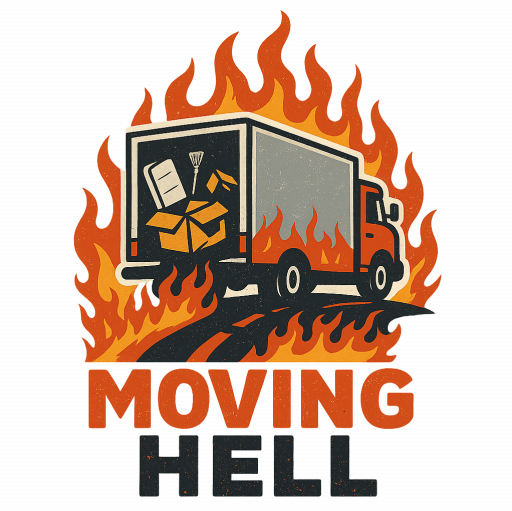You agree on a moving cost upfront, but on moving day they hit you with an unexpected “weight surcharge.” Your $1,200 estimate suddenly balloons to $3,500—and they won’t unload unless you pay. This is the notorious Phantom Weight Scam, a classic bait-and-switch that can blow your budget out of proportion.
What Is the Phantom Weight Scam?
This scam works in a few sneaky ways:
- Movers inflate your load’s weight using gross truck weight.
- They may weigh the empty truck with little fuel or crew aboard, then load your belongings and weigh it again with full tank and crew.
- The difference? It includes fuel, crew and even random items from other jobs—yet it’s billed to you at a high per-pound rate.
Reports say scammers sometimes charge **4–5× the original estimated cost** by exploiting this method 1.
📚 Real Cases & Warnings
The **Federal Trade Commission** and **NerdWallet** call this “weight bumping” and advise requesting binding-priced estimates, not vague weight forecasts 2.
In 1979, the Government Accountability Office reported that the practice was so widespread among interstate movers that separate regulations were needed 3.
Other watchdogs note tricks like “phantom cubic footage” and using different scales—both ways to boost the total weight unfairly 4.
😅 A Zesty Comparison: The “Ballooning Bento Box”
Imagine ordering a bento box for $15, but on pickup they charge you per grape, sauce packet, and carrot—at extra cost. Your noodle box today costs $150 because they included broccoli weight by mistake. Ridiculous? That’s weight bumping: charging you for hidden extras until your wallet bursts.
🚩 Red Flags to Spot
- They avoid weighing your shipment in front of you or won’t let you see the weight tickets 5.
- Your estimate was based on cubic footage, not weight — illegal for interstate moves 6.
- They implement vague guidelines like “We reserve the right to weigh elsewhere”.
- The final bill explodes unexpectedly when you’re already stressed and tired.
- They push fuel surcharge estimates without clarity, blaming heavy weight.
🛡️ How to Protect Yourself
- Book binding not-to-exceed estimates (price won’t rise even if weight does). 7
- Witness the weigh-in: Get documentation of empty and full weights. Fuel tank should be full both times. 8
- Avoid cubic-foot pricing: Interstate movers must charge by actual weight. 9
- Photograph or film the scale tickets.
- Use traceable payment (credit card checks easier to dispute).
- Read your contract: Look for disclaimers about variable weight costs.
- Gather multiple quotes and compare per-pound rates.
- Check licensing and reviews: FMCSA, USDOT registration, BBB ratings. 10
📢 A Redditor’s Real Experience
“They used some bogus ‘volumetric weight’ calculation … I measured 56 kg but they charged me for 110 kg.” 11
And another:
“They suddenly said there were unexpected weight fees … almost double the original quote. When I refused to pay, they said they wouldn’t unload my stuff.” 12
⚡ Final Thoughts
The Phantom Weight Scam blends algorithmic math with manipulative practices. But **you hold the power**—by demanding transparency, witnessing weigh-ins, and refusing unexplained charges.
Fight back: your shipment’s weight is yours to verify. A little vigilance today can save you thousands tomorrow. And might even leave room in your wallet for that celebratory pizza. 🍕
If this helped, share it! Let’s help everyone move smarter and avoid being weighed down—financially and emotionally. 😊
